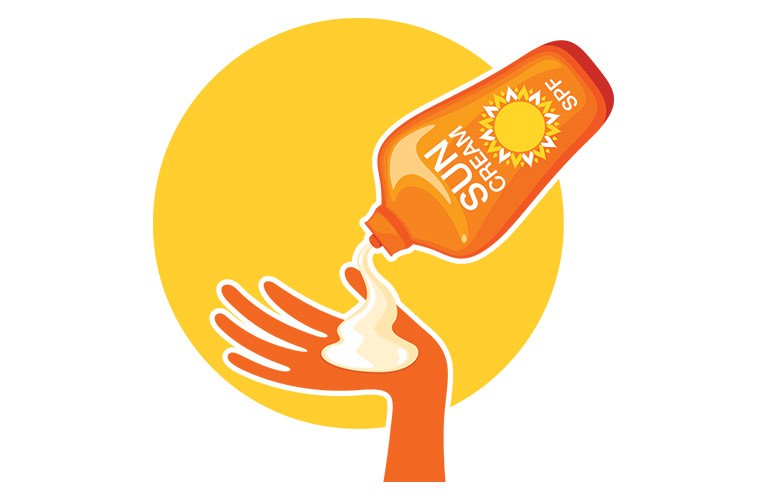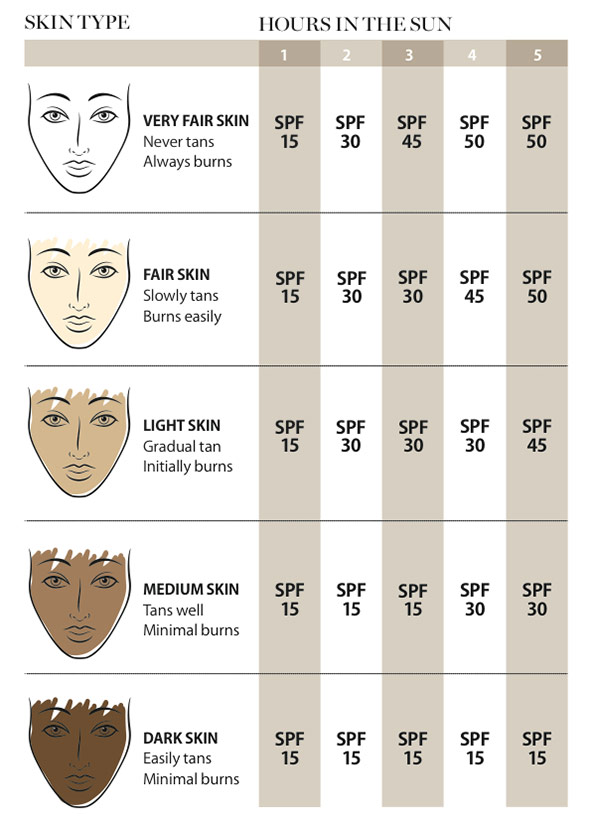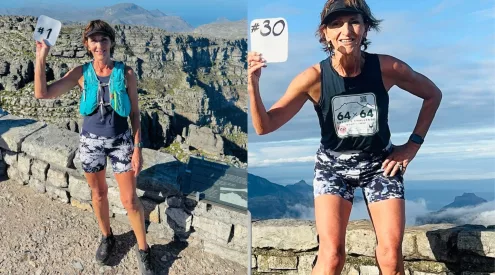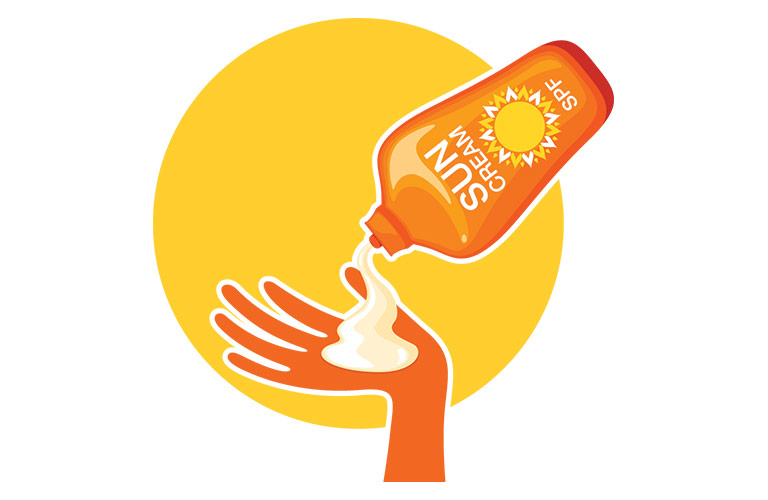Does your tube of sunblock last all summer? If the answer is yes, you’re doing it wrong. This guide will walk you though what’s right for your skin type and unravel the myths and jargon to keep you burn-free this summer.
Also read: Doctor’s orders – how to stay sun safe

It sounds fancy when you spend loads on your water-resistant, broad-spectrum, SPF 100 lotion, but what does it all mean? Simply put, SPF (sun protection factor) measures how well a sunscreen protects skin from radiation (UVB rays) that causes sunburn and contributes to skin cancer. SPF doesn’t measure how well it protects you from UVA rays (those associated with wrinkling, sagging and ageing), which are also dangerous.
A simple formula: if your skin normally burns after 10 minutes in the sun, then SPF 15 sunscreen allows you to stay out without burning for about 15 times longer (150 minutes), SPF 30 for 30 times longer, and so on. That said, you should still re-apply sunscreen every two hours and after swimming or sweating.

Cover up
Dr Imraan Jhetam, a dermatologist at Skin Medics in KwaZulu-Natal, suggests you follow these steps.
- Apply sunscreen to exposed areas every day.
- Instead of tanning in the sun for hours, use self-tanning lotions. These don’t protect you from the sun, so use a good sunscreen as well.
- Wear protective clothing such as long-sleeved shirts, pants, wide-brimmed hats and sunglasses where possible. The tighter the fabric’s weave, the more protection provided.
- If your shadow is shorter than you are, you’re at risk of sunburn. Avoid being in the sun between 10am and 4pm.
- Apply sunscreen 15 to 30 minutes before going outside.
Cost versus coverage
The cost of sunblock (rocketing upwards from R50 for 100ml) makes us stingy when it comes to correct usage. If you consider the amount you’re supposed to use and how often you need to re-apply, sun protection becomes a costly affair. In the long run, though, splurging now could save you later.

What’s right for you?
- If you’re an aqua baby, go for a water-resistant sunscreen (no sunscreen is waterproof).
- Choose a broad-spectrum sunblock that protects against both UVA and UVB rays.
- Wary of chemicals? Try a mineral-based sunscreen that contains zinc oxide or titanium oxide. These are also more suitable for children.
- Experts recommend an SPF 15 lotion for daily use and SPF 30 or higher for sunbathing.
- If your skin is sensitive, go for an oil-free, water-based option.
- For dry skin, choose a sun- screen that is creamier.
- If you’re hairy, sprays and gels work better because less rubbing is required. Just remember that people tend to under-apply with sprays and light winds carry the spray away from your skin. Apply liberally and avoid inhaling the mist.
- Bald? It doesn’t matter what you use, just make sure you put the sunscreen all over your head, or better yet, wear a hat (or both).
Myths busted: true or false?
Only white people should worry about skin cancer.
FALSE. Although light-skinned people are more susceptible to UV rays (because of the lack of melanin in their skin), excessive exposure to intense sunlight damages all skin types.
I can use the same sunscreen for years.
FALSE. They have an expiry date ‒ those beyond that date are less effective.
I’ll be fine if I stay out of direct sunlight.
FALSE. It’s not just direct sunlight that’s harmful. Be cautious near water, snow and sand as they reflect the sun’s rays.
The Skin Cancer Organisation warns not to use sunscreen on infants. Babies have a higher surface area to body weight ratio compared to adults, so their exposure to chemicals in sunscreen is much greater, increasing the risk of side effects. If they’re outdoors, keep them completely covered and in the shade.
Finally, get yourself checked regularly. If you’re in doubt about a mark or mole, consult your doctor or dermatologist. Contact Cansa toll-free on 0800226622.
This article first appeared in the September 2014 issue of Getaway magazine.



















